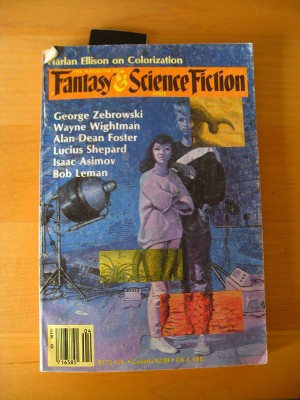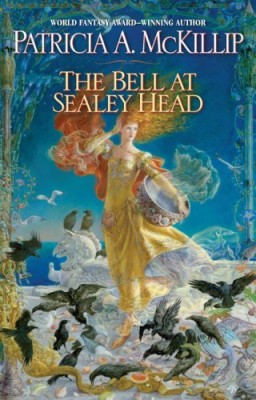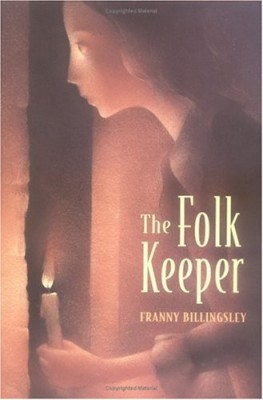(Juibilatory pre-script, appended 5.11: Valente’s celebrated The Girl Who Circumnavigated Fairyland in a Ship of Her Own Making has finally been released in bookity form! We covet, and so should you – just check out the reviews if you don’t feel convinced by the title alone. [That might be ‘coveted,’ past tense, in Kakaner’s case – she’s probably getting her fix as I type this.])
A few weeks ago, I got to see Catherynne Valente read from her newest novel, Deathless, at Pandemonium Books (conveniently located about twenty steps from the Central Square T stop in Cambridge, MA). Deathless, a Stalinist-era retelling of the fairy tale of Marya Morevna and Koschei the Deathless, was released in late March to glowing reviews, and its first printing already seems to be well on its way to selling out. (I know this because Pandemonium actually couldn’t get copies in on time for the signing due to short supply at multiple warehouses. Bummer for the eager fans at the signing, but fantastic news for Valente.)
Valente read from a segment in which Marya encounters Baba Yaga – chauffered in a chicken-footed limousine – at a swanky club for devils. The prose was vintage Valente – vibrant, blackly witty, equal parts wonder and menace. Part of her motivation in writing Deathless, Valente emphasized, was a desire to bring greater awareness of both less-familiar folklore, and terrible events outside of the usual American perception of World War II. Her Marya emerges from the fairy-tale world into the Siege of Leningrad, a horrific three-year siege that consumed more than 1.5 million lives.
Deathless also includes, of course, generous doses of Communist satire. How do the inhabitants of the fairy-tale world react to Communism? one fan asked. “They love Communism. They’re devils! Communism is great.” (Baba Yaga also demands that Marya address her as “Chairman.”)
Amy Houser‘s lush comic teaser, “The House Committee,” features one such episode from the novel. (Houser, Valente mentioned, designs Barbies and My Little Ponies for a living, and was excited to work on something just a little bit darker.) Images below the cut —
Continue reading Author Event: Cat Valente reads from Deathless (April 2011)







